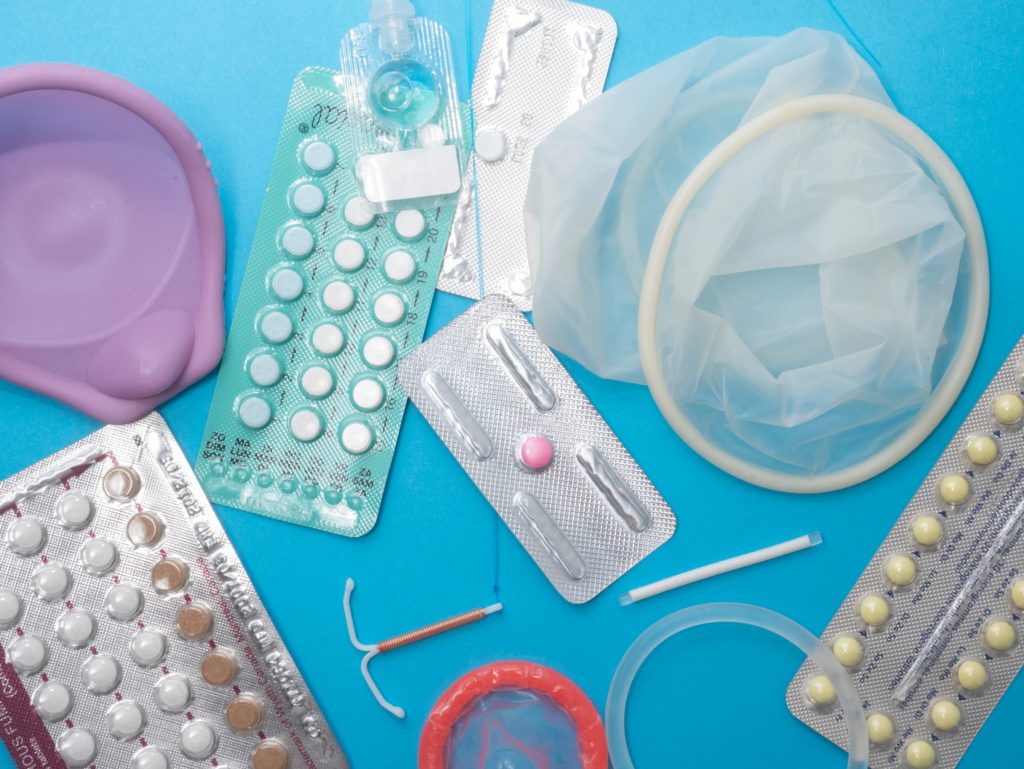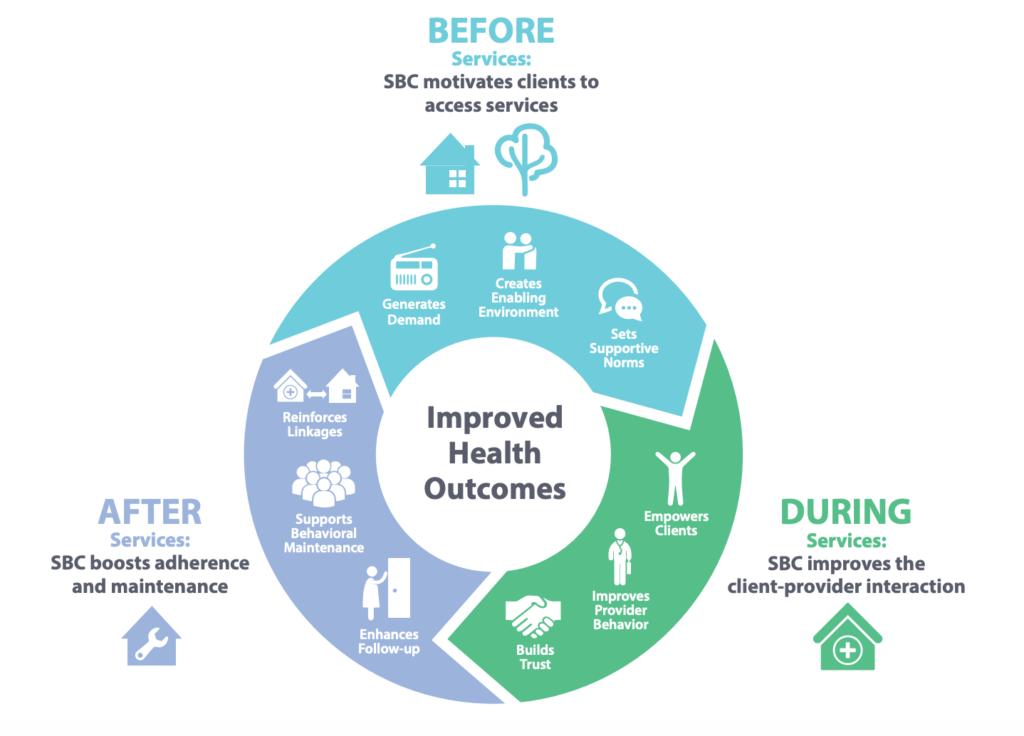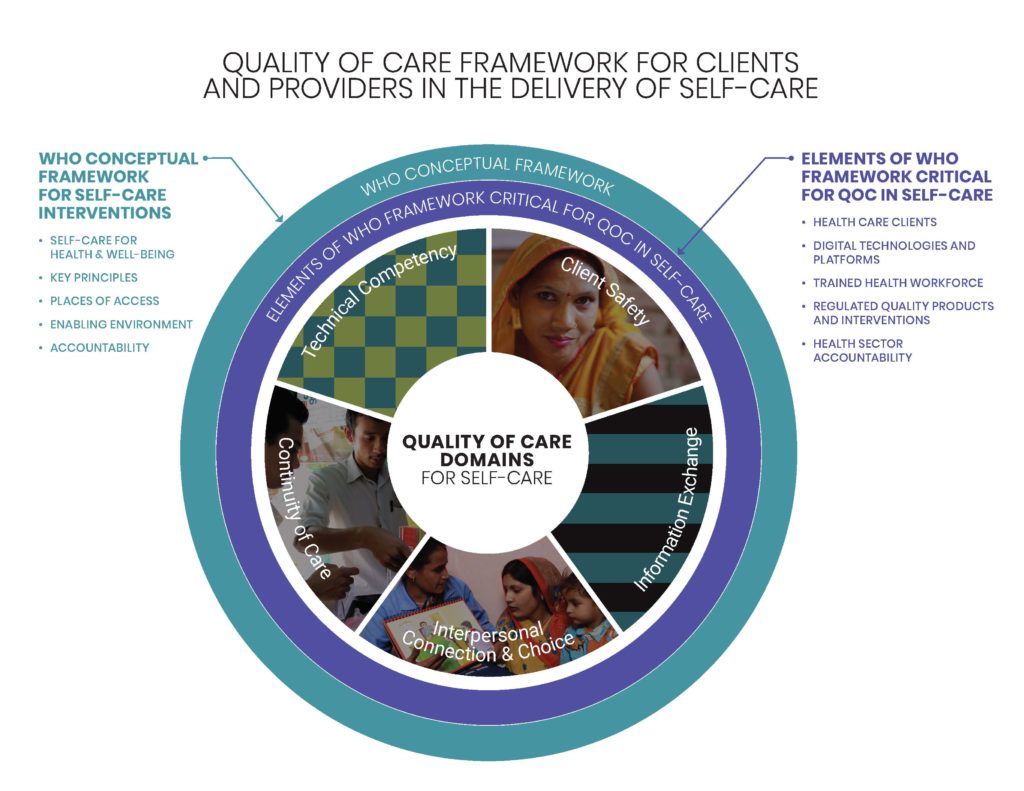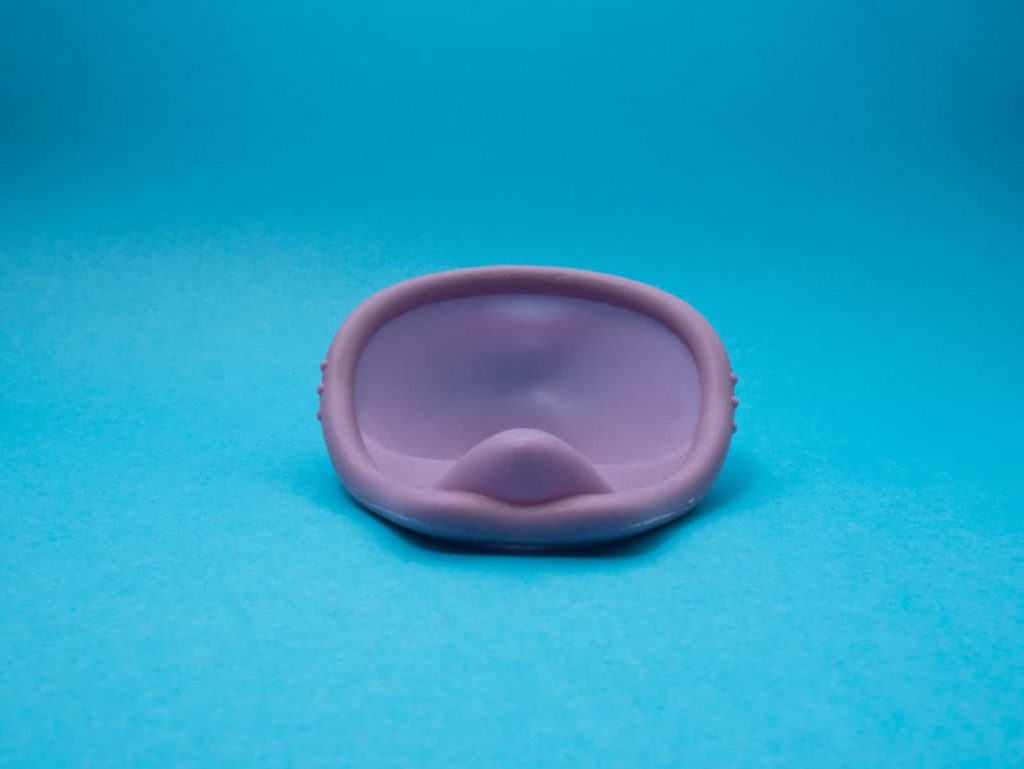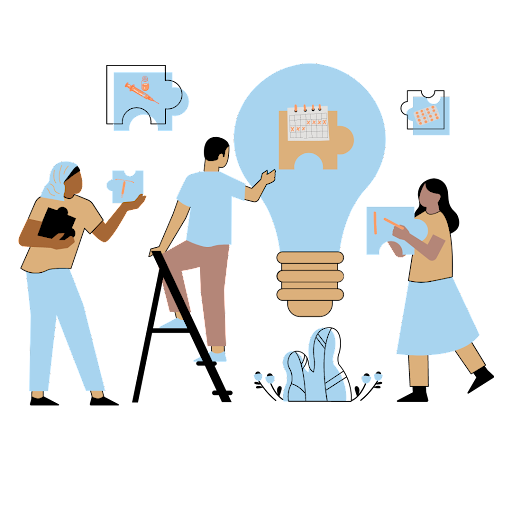Overall, women and couples have a broad choice of methods, many of which are women-controlled and self-administered—for example, the Caya Diaphragm, vaginal rings, condoms, pills, and fertility awareness methods. In addition, technology has evolved for other existing methods—for example, the DMPA-SC subcutaneous injection, also known as Sayana Press, which women in many countries can now self-inject. Not only can these methods be self-administered, but women can also obtain them through multiple delivery channels (for example, drug shops) that do not require a visit to a health facility. For some methods, multiple units/packets can be supplied at one time, reducing the need for multiple contacts with health facilities or drug shops.



